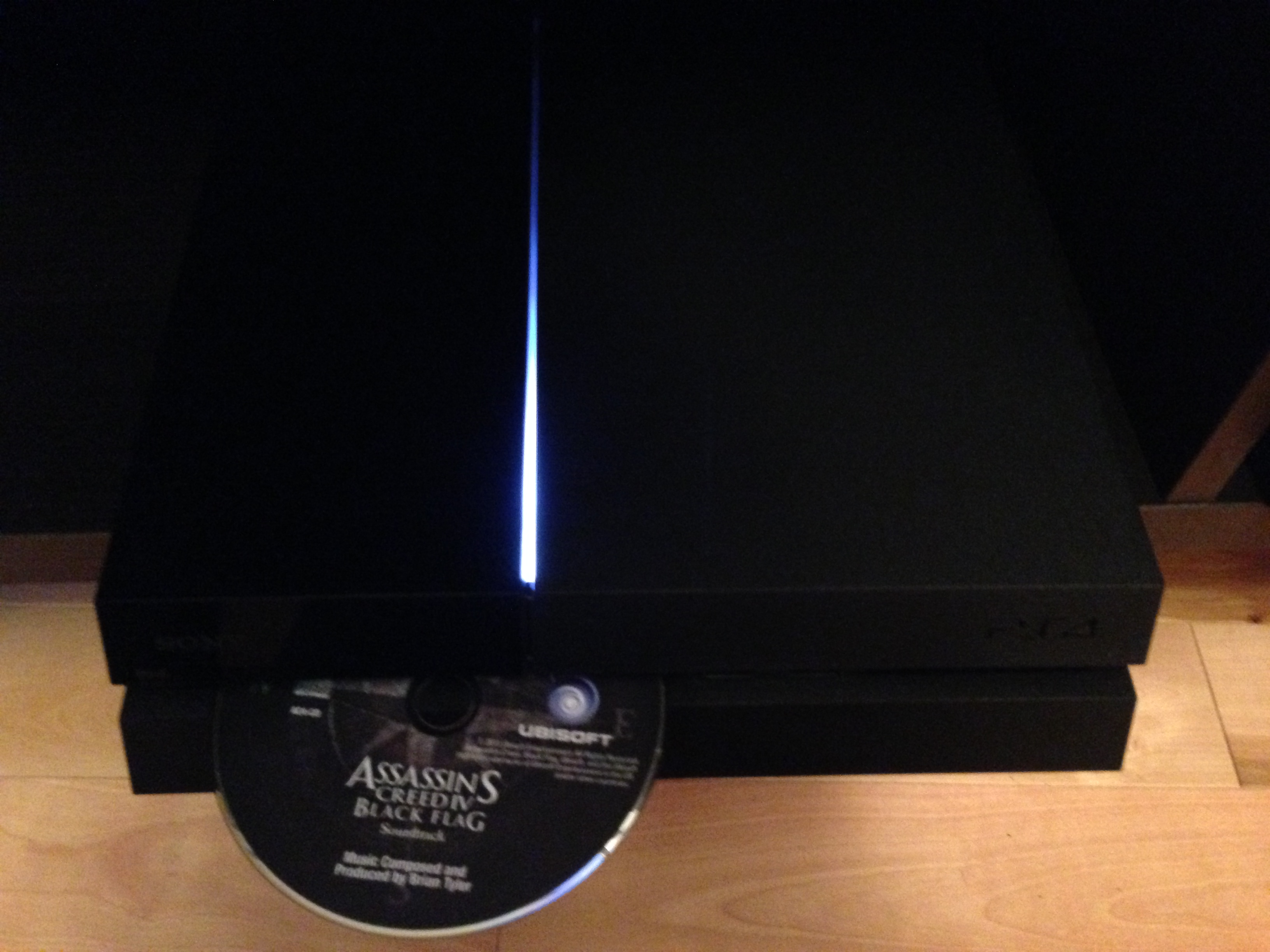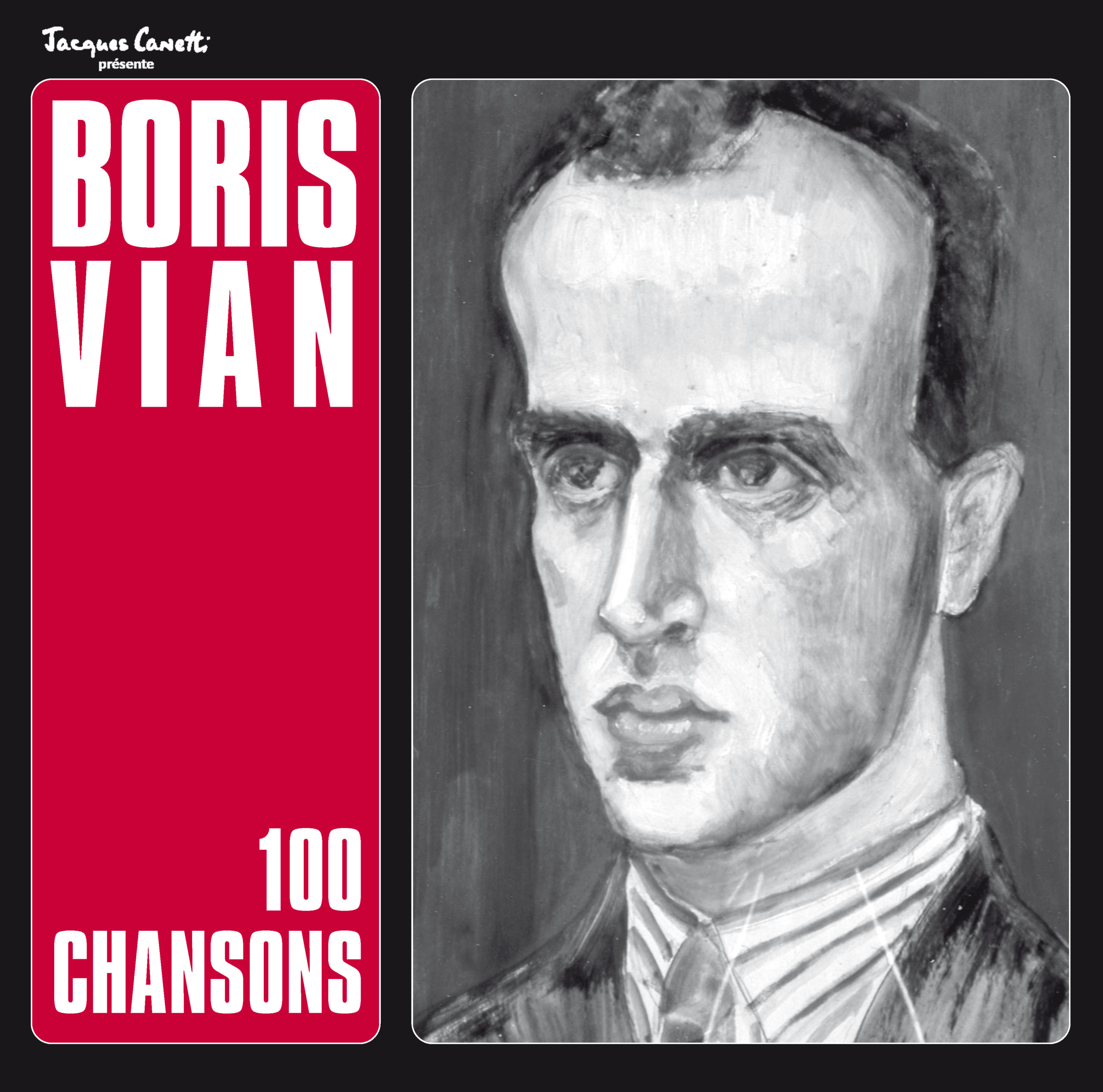

The extracellular D 1 domain of CD4 binds to the β2 region of MHC class II. The TCR complex and CD4 bind to distinct regions of the antigen-presenting MHC class II molecule.

The short cytoplasmic/ intracellular tail (C) of CD4 contains a special sequence of amino acids that allow it to recruit and interact with the tyrosine kinase Lck.ĬD4 is a co-receptor of the T cell receptor (TCR) and assists the latter in communicating with antigen-presenting cells. MHC class I contains Beta-2 microglobulin. T cells displaying CD4 molecules (and not CD8) on their surface, therefore, are specific for antigens presented by MHC II and not by MHC class I (they are MHC class II-restricted). ĬD4 interacts with the β 2-domain of MHC class II molecules through its D 1 domain. The immunoglobulin variable (IgV) domain of D 1 adopts an immunoglobulin-like β-sandwich fold with seven β-strands in 2 β-sheets, in a Greek key topology.
D 2 and D 4 resemble immunoglobulin constant (IgC) domains. D 1 and D 3 resemble immunoglobulin variable (IgV) domains. It has four immunoglobulin domains (D 1 to D 4) that are exposed on the extracellular surface of the cell: Like many cell surface receptors/markers, CD4 is a member of the immunoglobulin superfamily. Schematic representation of CD4 receptor. If CD4 cells become depleted, for example in untreated HIV infection, or following immune suppression prior to a transplant, the body is left vulnerable to a wide range of infections that it would otherwise have been able to fight. They are called helper cells because one of their main roles is to send signals to other types of immune cells, including CD8 killer cells, which then destroy the infectious particle. They are often referred to as CD4 cells, T-helper cells or T4 cells. ĬD4+ T helper cells are white blood cells that are an essential part of the human immune system. In humans, the CD4 protein is encoded by the CD4 gene. It was discovered in the late 1970s and was originally known as leu-3 and T4 (after the OKT4 monoclonal antibody that reacted with it) before being named CD4 in 1984. CD4 is found on the surface of immune cells such as T helper cells, monocytes, macrophages, and dendritic cells. In molecular biology, CD4 ( cluster of differentiation 4) is a glycoprotein that serves as a co-receptor for the T-cell receptor (TCR). Image of CD4 co-receptor binding to MHC (Major Histocompatibility Complex) non-polymorphic region. cellular response to granulocyte macrophage colony-stimulating factor stimulusĬD4, Cluster of differentiation 4, extracellular. positive regulation of ERK1 and ERK2 cascade. positive regulation of viral entry into host cell. positive regulation of transcription, DNA-templated. positive regulation of monocyte differentiation. positive regulation of I-kappaB kinase/NF-kappaB signaling. interleukin-15-mediated signaling pathway. positive regulation of protein phosphorylation. fusion of virus membrane with host plasma membrane. positive regulation of calcium ion transport into cytosol. maintenance of protein location in cell. positive regulation of T cell activation. enzyme linked receptor protein signaling pathway. positive regulation of peptidyl-tyrosine phosphorylation. positive regulation of T cell proliferation. cell surface receptor signaling pathway. induction by virus of host cell-cell fusion. helper T cell enhancement of adaptive immune response. positive regulation of calcium-mediated signaling. regulation of defense response to virus by virus. positive regulation of protein kinase activity. 
GO:0051636 defense response to Gram-negative bacterium.transmembrane receptor protein tyrosine kinase signaling pathway.







 0 kommentar(er)
0 kommentar(er)
